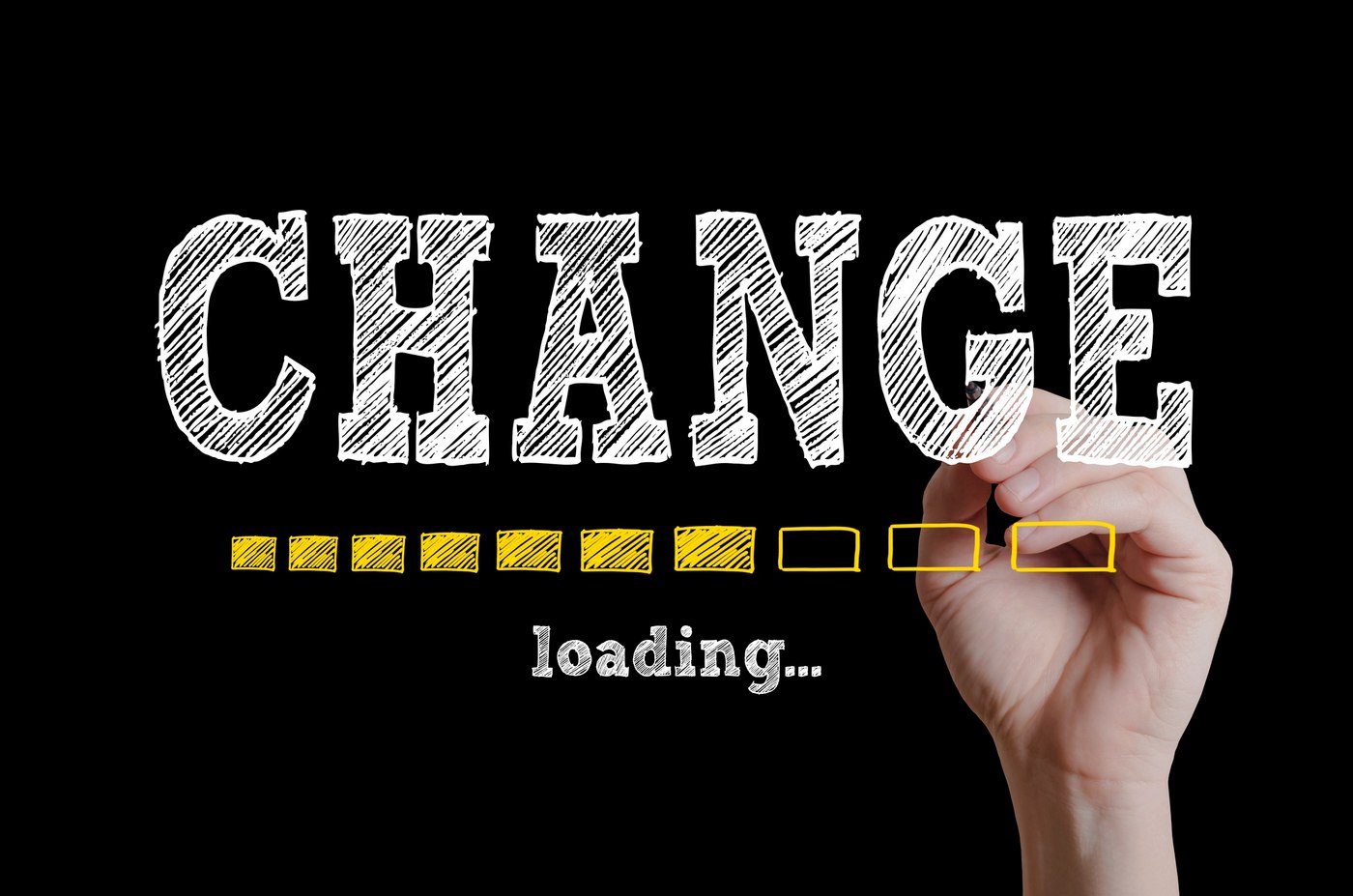
Reflections on Leadership: Figuring Out What to Keep
Updated from the original publication on May 24, 2018.
Like many people who have spent their lives residing in colder climates, spring has traditionally been a time for cleaning and reorganizing. I start to get up earlier in the morning to do things outside before I leave for work. Some would call it spring fever, but I seem to have a lot more energy when the weather improves. My wife, Rhonda thinks my burst of energy is “seasonal hyperactivity” (compared to my normal hyperactivity). In addition to cleaning up the yard I begin to take a serious look at the garage and basement, finding inspiration to do what my mom always called “spring cleaning”.
 Spring cleaning is not just about rearranging things. At our house spring cleaning is an
Spring cleaning is not just about rearranging things. At our house spring cleaning is an
activity that we do together because we have differing ideas about what we should keep and what should be thrown away in the spring cleaning process. Some of Rhonda’s treasures are the kind of things that I would throw away first if I was left on my own. She, on the other hand fails to grasp the value of a stray piece of lumber or Mason jar full of nuts and bolts that just might be useful someday. It is always interesting to see how the art of compromise works when faced with the decision of what to keep and what to throw away. To make matters worse, in this season of our lives we are trying to get rid of stuff that has been in storage for some time. Since our children now have homes and families of their own, we have transferred things like wedding dresses, baseball trophies, and other family treasures to its’ rightful owner, or thrown it away as instructed.
In addition, when you get to a certain age the struggle to simplify is a topic of discussion that stretches well past the time of spring cleaning. A recent Wall Street Journal article was entitled “Your Kids Do Not Want Your Stuff”. The story was about individuals facing retirement and looking to downsize their living accommodations, thinking that the things they have accumulated would have value to their children, only to discover that Aunt Mable’s silver tea set was not wanted by the next generation of family members. As tastes change, the items passed down from one generation to another seem to have less and less value.
One of our big problems is books. We have a fairly large collection of all kinds of books. Some have pages that have been underlined so we could return to a favorite passage, rendering them useless to others. My guess is that they will have to be thrown away or donated, but the process will take several days, and the attention of both of us to make those final decisions.
Figuring out what to keep and what to throw away is a question for every organization that exists in a changing environment. We all know that some things are intended to be used and discarded while others are organizational heirlooms that are treasured for generations. The difficulty with organizational “spring cleaning” is that deciding what to keep and what to throw away often depends on your point of view. Some organizations opt to keep everything and are eventually paralyzed by the clutter.

Many years ago I heard from a pastor friend who visited Turkey with a church group. During the tour, they visited a place that specialized in handmade Turkish carpets. These carpets were painstakingly constructed over months and years of an individual’s life in order to create just the right design. They were told that the wool carpets that were being made were expected to last about 300 years and the silk carpets that were more densely constructed could last up to 700 years. I am not certain that this is all true or is a marketing pitch, but I was impressed with the durability of anything that could be used for so long.
There are some things about an organization that can and should last for generations. Our mission and values are anchors that give us stability. For Presbyterian Senior Living, our mission represents things that we believe to be nearly timeless – our handmade carpet. It is our sacred responsibility to preserve this heirloom and pass it on to the next generation of leadership. Our stated values provide the most up to date definition of what this mission looks like in our day to day work and are carefully reviewed from time to time to make sure that the mission is being translated into action by everyone on the PSL team.
The methods used to accomplish our mission, however, are changing and must change to succeed in the future. The bricks and mortar that surround the programs we design to serve seniors, age and become obsolete. We need to replace outdated buildings and redesign programs in order to meet the emerging needs and desires of those we serve. It is essential to embrace new technology to provide better service and to become more efficient.
Even the language we use to describe the people we serve and the range of services we provide needs to be continually updated. The first letter sent to me as a new PSL staff member in 1971 was addressed to the “Matron and Inmates of the Presbyterian Home”. This is a stark contrast to the PSL lexicon guidelines that support the organization’s person centered culture of respect and how we think and express ourselves to and about the people we serve.
As we face a period of transition and embrace the future, the way we approach change becomes even more complicated. Many organizations wait for circumstances to demand a reaction. While a need for change that is imposed by outside forces is relatively easy to explain to staff or an outside constituency, continually playing catch up is dangerous business. Anticipating the future requires more. In his classic work Leading Change, John Kotter identifies an 8 stage process for creating major change:
- Establishing a sense of urgency
- Creating a guiding coalition
- Developing a vision and strategy
- Communicating the change vision
- Empowering broad-based action
- Generating short term wins
- Consolidating gains and producing more change
- Anchoring new approaches in the culture
But before an organization can embark on Kotter’s change process there needs to be a clear understanding of the difference between the disposable and the timeless. Sometimes it is easy, like the need to change computer hardware and software. Other times it is not so clear – like the policies that define the way we treat residents and staff that raises the question - are we adjusting to new market conditions or sacrificing sacred values?
Boards and staff wrestle with the best ways to gain clarity on these important questions. In my experience these decisions are most effectively accomplished when surrounded by the kind of discussion that may be heard in our garage or basement during spring cleaning. “Honey, can you explain to me again why we can’t throw that away? It really doesn’t look very valuable to me.”

About Steve Proctor
As the now-retired CEO of Presbyterian Senior Living, Mr. Proctor was employed by PSL from 1971 - 2019. He is a Registered Nurse and Licensed Nursing Home Administrator with a BS degree in business administration from Elizabethtown College. He also holds a master’s degree in gerontology from the University of North Texas. Before becoming CEO, Mr. Proctor was Chief Operating Officer for 16 years. In addition, he has served as a Board member and is a Past President of the Pennsylvania Association of Non-Profit Homes for the Aging (“PANPHA”). In November of 1995, the American Association of Homes and Services for the Aging (“AAHSA”), now known as LeadingAge, recognized Mr. Proctor’s proven leadership and accomplishments by electing him to serve as Chair of its national board of directors. He served as Chair-elect in 1996 and 1997, as Chair in 1998 and 1999, and as past-Chair in 2000 and 2001. He has also served as chair of the International Association of Homes and Services for the Aging.

